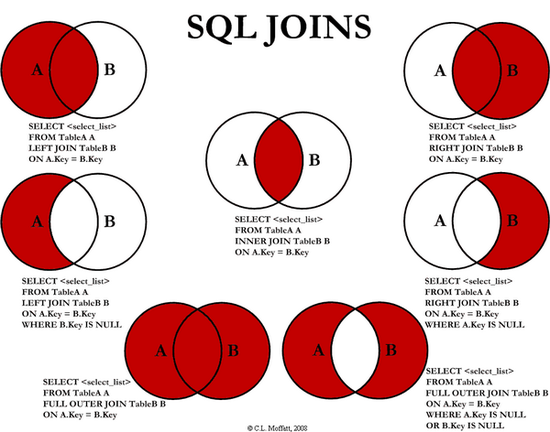참고로 IBM에서 제공하는 힙덤프 분석툴은 이곳에서 다운로드 가능합니다.
MusgGather : Gathering data for OutOfMemoryErrors on AIX®
Problem(Abstract)
If your Java application experiences
OutOfMemory(OOM) errors on an AIX® operating system, there are a number
of diagnostic data files that are useful for diagnosing the problem.
This mustgather document describes about the diagnostic data files to be
collected and the procedure to collect the same.
Resolving the problem
The following set of diagnostic data files need to be collected to diagnose an OutOfMemory error in the Java application:
1. Javacores (Multiple javacore files might be required to diagnose native memory issues)
2. Jextracted system cores (At least two system cores might be required to diagnose native memory issues)
3. Heapdumps
4. Snap traces for analyzing native OOM errors
5. Verbose GC logs (native_stderr.log)
6. Process logs (ps)
For these diagnostic data files to be created, check that the system is configured correctly as per setup document.
Please collect the diagnostic data files for an OutOfMemory error in the Java application as per the below steps:
1. Collect the javacore, heap dump and snap trace file generated automatically by Java runtime on an OOM occurrence.
2. For Java heap exhaustion issues, collect the
javacore, system core, heap dump and snap trace files generated
automatically by using -Xdump option mentioned in setup.
3. For native memory issues, generate at least
three Java core, system core, heap dump and snap trace files by using
the following command:
kill -3 [PID_of_problem_JVM]
When you observe the application starting to use
excessive amounts of memory, start generating these above files at
regular intervals.
The time interval between each generation of
files depends on how quickly the application encounters native OOM
error. For example, if the application takes 30 minutes to produce an
native OOM error, issue the kill command at 10-minute intervals.
Please note that all the javacores, system cores,
heap dumps and snap traces can be found in the current path and the
names of them will follow the below format:
Javacore : javacore.<time stamp>.<id>.txt
Systemcore : core.<time stamp>.<id>.dmp
Snap trace : snap.<time stamp>.<id>.trc
Heap dump : heapdump.<time stamp>.<id>.phd
Run the JExtract tool against the generated system core file using the following command:
<installpath>/jre/bin/jextract [corefile]
Save the resulting archive file, which has a name in the format of core.<time stamp>.<id>.dmp.zip
4. Collect Verbose Garbage Collector data. This data is in the location specified during setup. Alternatively, the data is sent to the stderr output.
5. Collect process size monitoring data. The data is in the location specified during setup.
After collecting all the above diagnostic data files, you can submit them for help with diagnosing the problem.
Additional Information
When diagnosing the native OOM errors deeply, IBM service might ask you to collect additional information as mentioned below:
1. If the problem is suspected to be caused by a
leak within the JVM, you can enable the JVM argument:
-Xcheck:memory:callsite=<threshold>
This prints an allocation summary for every
<threshold> allocations, by tracking calls from the JVM to the
operating system memory allocation functions (malloc(), calloc(), free()
and so on), along with callsite information showing which area of code
requested the memory. Please use this information to track the memory
allocated by an area of code that has not been freed, and to monitor how
the size of that memory varies over time.
This option writes a summary of all allocations
made or freed by the JVM, for every "N" allocations. "N" is typically a
number in the range 100000 – 500000.The output of this option is written
to stderr.
Please note the below important considerations for using the Xcheck option:
a) Only available on JDK release 5.0 and above
b) Performance can be badly affected if your threshold is set too low
c) Does not track allocations from outside the JVM
2. If the problem is suspected to be caused by
Java Class Library (JCL) memory allocations, you can enable the
following option:-Dcom.ibm.dbgmalloc=true
3. If operating system level debugging of native
memory leaks is required, you can use the debugging extensions of the
malloc subsystem of AIX®. For details about using AIX® debugging
extensions, see the related information links.
Related information
Native Profiling on AIX

